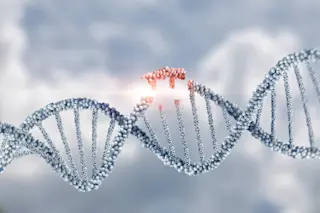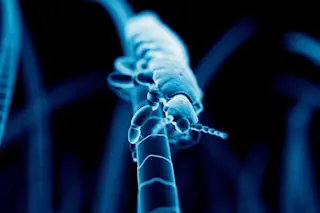A few weeks ago I reviewed a paper on the the genetics of the Cape Coloured population. Within it there was a refrence to another paper, Deconstructing Jaco: genetic heritage of an Afrikaner. The title refers to the author himself. It was an analysis of his own pedigree going back to the 17th century, along with his mtDNA, his father’s mtDNA, and his Y lineage. The genetics is a bit thin, but the pedigree information is of Scandinavian quality from what I can tell. Praised the records of the Reformed Church!
The author’s utilizes an inversion of the typical method whereby a survey of a population may give some insight into individuals within that population. Rather, he leverages the thorough church records of his Afrikaner community, and his local roots, to paint a picture of his own ancestry. Then he compares the results to those of the community as a ...













